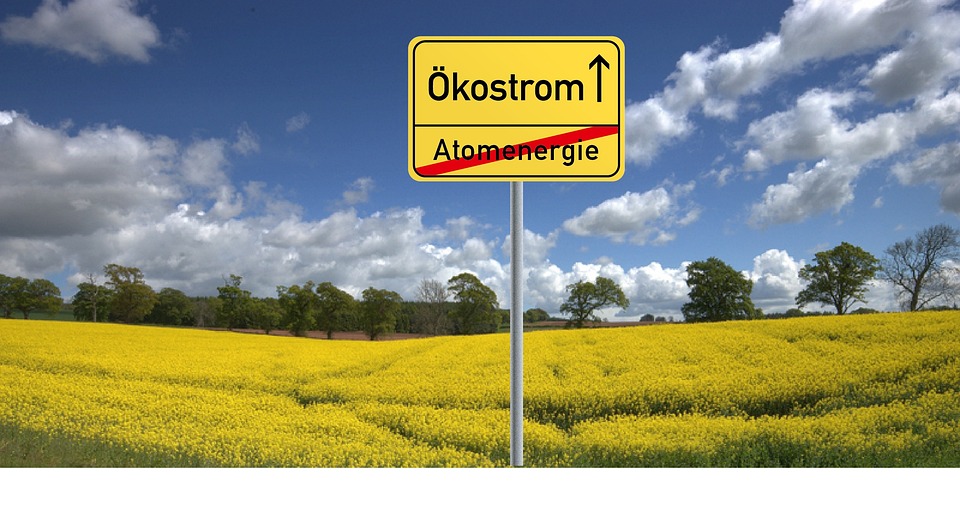[ad_1]
Beyond Green Buildings: The Evolution of Sustainable Architecture
Introduction
Sustainable architecture marks a significant shift in the way buildings are designed, constructed, and operated. The focus is not only on reducing the environmental impact of buildings, but also on creating healthier and more efficient spaces for occupants. In recent years, the concept of sustainable architecture has evolved beyond green buildings to embrace a holistic approach that considers the entire lifecycle of a building, from design and construction to operation and even demolition. This article explores the evolution of sustainable architecture and its impact on the built environment.
The Early Days of Green Buildings
The roots of sustainable architecture can be traced back to the early 20th century when architects and designers began to incorporate natural and renewable materials into their buildings. The work of architects such as Frank Lloyd Wright and Antoni Gaudí showcased the use of local materials and passive design strategies to create buildings that harmonized with their natural surroundings. However, it was not until the energy crisis of the 1970s that the modern green building movement took off.
The rise in energy prices during the 1970s prompted a renewed interest in energy-efficient building design, leading to the development of the first green building standards and rating systems. In 1990, the U.S. Green Building Council (USGBC) was established with the mission of promoting sustainable building practices. The USGBC launched the Leadership in Energy and Environmental Design (LEED) rating system in 2000, which quickly became the leading green building certification program.
The Evolution of Sustainable Architecture
The early focus of green building was on reducing energy consumption and minimizing environmental impact through the use of energy-efficient systems, renewable materials, and water conservation strategies. However, as the concept of sustainability has gained momentum, the scope of sustainable architecture has expanded to encompass a wider range of considerations.
Today, sustainable architecture goes beyond addressing environmental concerns to embrace social and economic considerations as well. This holistic approach to design considers not only the environmental impact of buildings, but also their social and economic impact on communities and occupants. Sustainable architecture seeks to create buildings that are not only environmentally friendly, but also contribute to the health and well-being of their occupants and the vitality of the surrounding community.
Key Principles of Sustainable Architecture
Sustainable architecture is guided by a set of key principles that inform the design, construction, and operation of buildings. These principles include:
1. Energy Efficiency: Sustainable buildings are designed to minimize energy consumption and reduce carbon emissions through the use of passive design strategies, high-performance building envelopes, and energy-efficient systems. This includes the use of renewable energy sources such as solar power and geothermal heating and cooling.
2. Water Conservation: Sustainable buildings incorporate water-saving fixtures and systems to minimize water consumption and reduce the strain on local water resources. This may include the use of rainwater harvesting, greywater recycling, and efficient irrigation systems.
3. Material Selection: Sustainable architecture prioritizes the use of environmentally friendly and locally sourced materials, as well as recycled and reclaimed materials. This reduces the environmental impact of construction and supports local economies.
4. Indoor Environmental Quality: Sustainable buildings are designed to provide healthy and comfortable indoor environments for occupants, with ample natural light, good air quality, and thermal comfort. This may involve the use of daylighting strategies, low-VOC materials, and efficient ventilation systems.
5. Site and Community Impact: Sustainable architecture considers the impact of buildings on their surrounding environment and community. This includes site selection, landscaping with native plants, and promoting walkability and access to public transportation.
6. Lifecycle Considerations: Sustainable architecture takes into account the entire lifecycle of a building, from design and construction to operation and eventual demolition. This may involve designing for adaptability and disassembly, as well as incorporating strategies for long-term maintenance and renovation.
The Future of Sustainable Architecture
The future of sustainable architecture holds great promise, with ongoing advancements in technology, materials, and design strategies. As the urgency of addressing climate change becomes increasingly evident, sustainable architecture will play a vital role in reducing the environmental impact of the built environment.
One area of innovation is the integration of smart building technologies into sustainable design. These technologies enable buildings to monitor and optimize their energy and water use, as well as provide real-time feedback to occupants on their environmental impact. Additionally, advances in building materials and construction techniques are leading to the development of high-performance, low-impact buildings that can push the boundaries of sustainability.
Another area of growth is the focus on regenerative design, which seeks to create buildings and spaces that actively contribute to the health and well-being of the natural environment. This may involve incorporating biophilic design principles, green infrastructure, and ecological restoration strategies into building projects.
Frequently Asked Questions
Q: What are the key benefits of sustainable architecture?
A: Sustainable architecture offers a wide range of benefits, including reduced energy consumption, lower operating costs, improved indoor environmental quality, and a reduced environmental footprint. Additionally, sustainable buildings can contribute to the health and well-being of occupants, as well as the vitality of surrounding communities.
Q: How does sustainable architecture differ from traditional building design?
A: Sustainable architecture differs from traditional building design in that it seeks to minimize the environmental impact of buildings while also addressing social and economic considerations. This holistic approach to design ensures that buildings are not only environmentally friendly, but also contribute to the health and well-being of occupants and the surrounding community.
Q: What are some examples of sustainable design strategies?
A: Sustainable design strategies include passive design techniques, energy-efficient systems, water-saving fixtures, and the use of environmentally friendly materials. Additionally, sustainable architecture incorporates site and community impact considerations, as well as lifecycle considerations to ensure that buildings are built to last and can be easily adapted and maintained over time.
Q: How can I incorporate sustainable design principles into my building project?
A: To incorporate sustainable design principles into a building project, it is important to work with a team of architects, engineers, and designers who are knowledgeable about sustainable design practices. Additionally, consider seeking green building certification through programs such as LEED or the International Living Future Institute to ensure that your project meets the highest standards of sustainability.
Conclusion
Sustainable architecture has come a long way since its early roots in green building design. Today, sustainable architecture represents a holistic approach to building design that considers the entire lifecycle of a building, from design and construction to operation and eventual demolition. The principles of sustainable architecture guide the creation of buildings that are not only environmentally friendly, but also contribute to the health and well-being of occupants and the surrounding community. As technology and innovation continue to drive the evolution of sustainable architecture, the future holds great promise for buildings that are truly regenerative and sustainable for the long term.
[ad_2]



